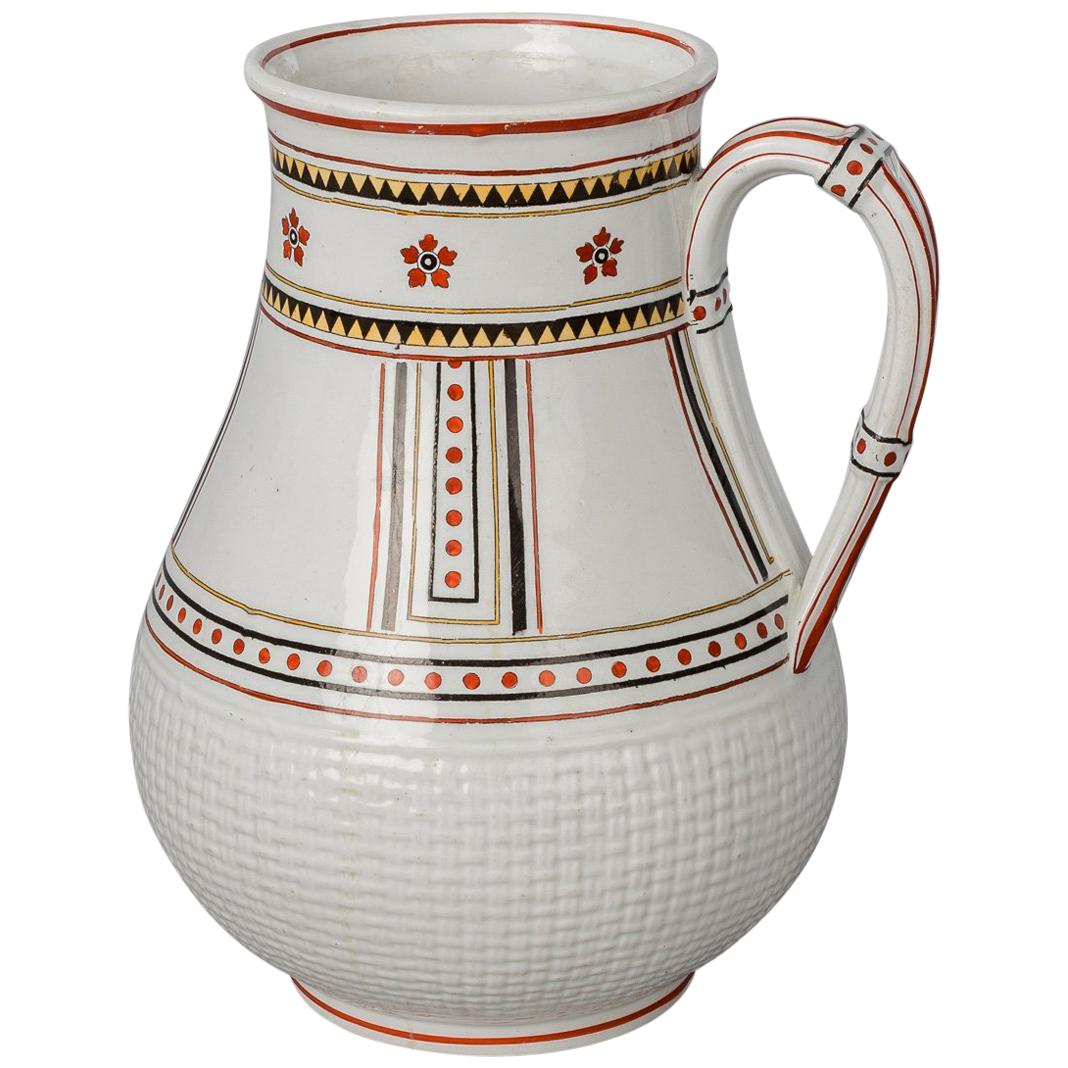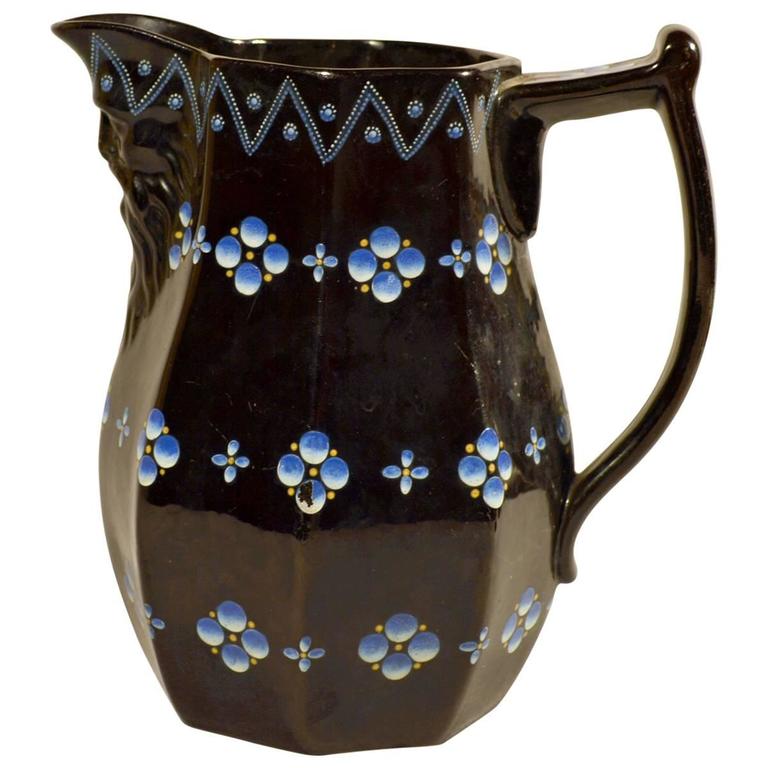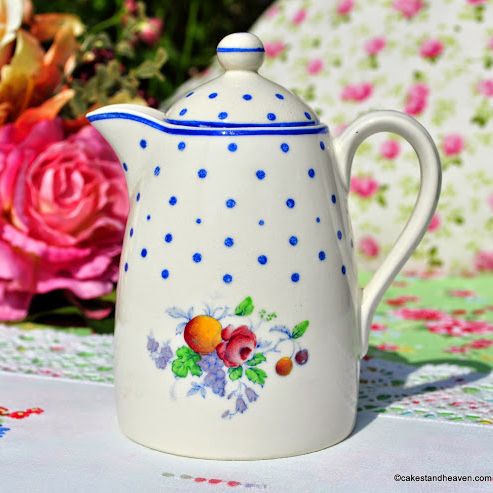

He also possessed a thorough appreciation of the aesthetic side of the business, and under him the company produced works that were richly coloured and elegantly styled, including brightly coloured Japanese Imari patterns, generally featuring intricate geometric patterns layered with various floral designs. Bloor borrowed heavily to be able to make the payments demanded but proved himself to be a highly able businessman in his ways of recouping losses and putting the business back on a sound financial footing. In 1815, the factory was leased to the firm's salesman and clerk, Robert Bloor, and the Duesburys played no further part in it. Made by Hudson Scott & Sons for Huntley & Palmers, 1906 Robert Bloorīiscuit tin in the shape of a stacked pile of Derby porcelain plates. William Duesbury III, born in 1790, son of William Duesbury II, took over the factory when he came of age in 1791, and Kean having sold his interest to his father-in-law, William Duesbury's grandfather, named Sheffield, the concern continued under the name of Duesbury & Sheffield.

He returned in 1813, but left again in 1820.ĭespite much good work, the Kean period was disruptive and the company suffered financially. He started in 1797 but his religious beliefs led him to the conclusion that painting was sinful and he left in 1800.

The best-known artist of this time was William Pegg, a Quaker, famed for his striking and idiosyncratic flower painting. Others however produced good work under his management, including Moses Webster, a flower painter who replaced Billingsley, Richard Dodson (who specialised in birds), George Robertson (land- and seascapes) and Cuthbert Lawton (hunting scenes). He seems not to have enjoyed good relations with the highly skilled workforce, and many eminent artists left. William Duesbury II did not live to fulfil his promise: he died in 1797 at the age of 34 and the company was taken over by his business partner, an Irishman named Michael Kean, who later married Duesbury's widow. In 1786, William Duesbury died, leaving the company to his son, William Duesbury II, also a talented director, who besides keeping the reputation of the company at its height, developed a number of new glazes and body types. In 1773, Duesbury’s hard work was rewarded by King George III, who after visiting the Derby works granted him permission to incorporate the royal crown into the Derby backstamp, after which the company was known as Crown Derby.
Copeland creamware jug portable#
Again, in 1776, he acquired the remainder of the formerly prestigious Bow porcelain factory, of which he also transferred the portable elements to Derby. He operated it on its original site until 1784 (the products of this period are known as " Chelsea-Derby"), when he demolished the buildings and transferred the assets, including the stock, patterns and moulds, and many of the workmen, to Derby. In 1770, Duesbury further increased the already high reputation of Derby by his acquisition of the famous Chelsea porcelain factory in London. Intricate floral patterns were designed and painted by William Billingsley. Zachariah Boreman and John Brewer painted landscapes, still lifes, and pastorals. Figure painting was done by Richard Askew, particularly skilled at painting cupids, and James Banford. He quickly established Derby as a leading manufacturer of dinner services and figurines by employing the best talents available for modelling and painting. This enabled the factory to begin producing high-quality tableware. A talented entrepreneur, Duesbury developed a new paste which contained glass frit, soaprock and calcined bone. Planché disappeared from the scene almost at once, and the business was developed by Duesbury and Heath, and later Duesbury alone. This was the foundation of the Derby company, although production at the works at Cockpit Hill, just outside the town, had begun before then, as evidenced by a creamware jug dated 1750, also in the possession of the Victoria and Albert Museum. At the beginning of 1756 he formed a business partnership with William Duesbury (1725 - 1786), a porcelain painter formerly at Chelsea porcelain factory and Longton Hall, and the banker John Heath.

In 1745 André Planché, a Huguenot immigrant from Saxony, settled in Derby, where between 17 he made soft-paste porcelain vases and figurines. Three figures dated 1758 - now in Detroit Institute of Arts


 0 kommentar(er)
0 kommentar(er)
